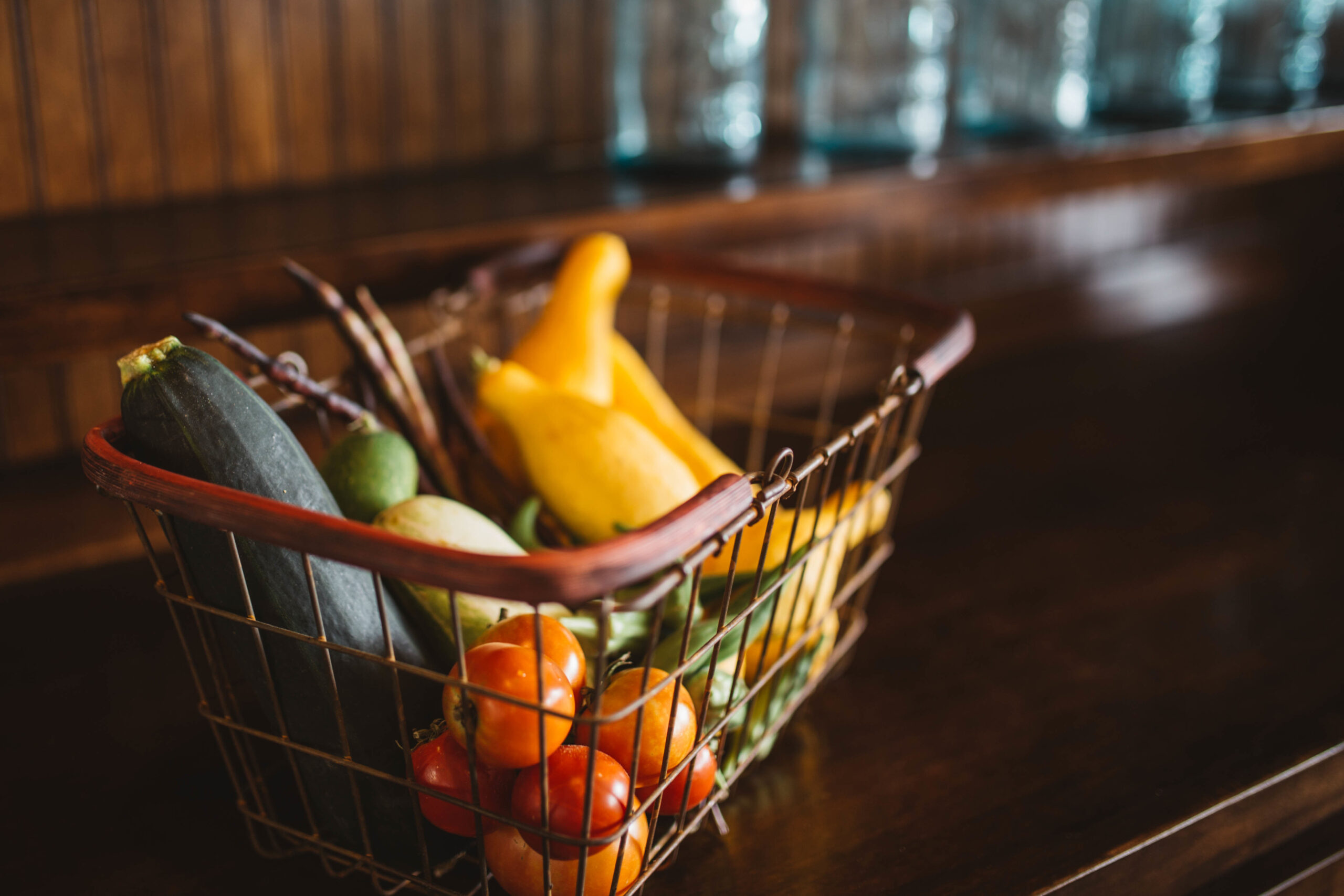Do you ever feel as though you spend half your life in the supermarket?
Are you constantly ducking to the shops to pick up something you forgot or realising that, once again, there is nothing in the house for dinner?
You’d be surprised – and probably shocked – if you sat down and added up how much you spend on food each week.
Taking control of your cash flow includes keeping a cap on what you put through the checkout.
Incidental spending is one of the biggest barriers to balancing your budget, and while groceries are hardly a luxury item, there’s a big difference between buying the essentials and spending to excess.
The first step towards reining in the contents of your trolley is actually knowing what you need before you get there – because if you fail to plan, you plan to fail.
My household has made significant reductions in our expenditure simply by identifying expenses and planning ahead.
We set a spending limit on the grocery bill, with the weekly shop based around a pre-set meal plan rather than an ad hoc selection of individual items.
It doesn’t take long to sit down once a week and plan what you are going to eat during the next seven days. Making the most of what you already have in the cupboard to form the basis of your meals will also ensure there is less on your list when you hit those supermarket aisles.
Also consider which meals will contain perishable items and ensure those with a shorter shelf life are scheduled for the start of the week. Aside from buying things you don’t need, throwing out food you didn’t eat because it went past its “use by” date is one of the biggest areas of avoidable waste in the average person’s grocery budget.
Ensuring you know what’s on the menu each night also reduces your temptation to eat out or pick up a takeaway dinner on the way home from work – if you do, you risk wasting the food set aside for that meal.
In our house, this saves us around $100 each week – now that’s easy money in the bank!
After you’ve made your meal plan, you need to put together a list and stick to it. A list will help keep you focused on what you’re there to buy and reduce the need for a return trip to the shops for those “forgotten” items.
Staying on course is essential when you shop – like a horse racing with its blinkers on, a shopper concentrating on a list is less likely to be distracted by the flashy product displays designed to slow your progress through the aisles and lighten your bank balance at the checkout.
It’s not about living frugally – it’s about shopping smarter.
Parents of young children should also avoid doing the grocery shopping with the kids (unless you own a very good pair of ear muffs!).
If your kids are anything like mine they will have hounded you into submission by the time your reach aisle 7! #neveragain
If you’re particularly susceptible to impulse buying, why not try doing your shopping online? It’s an easy way to stick to your list (and your spending cap) because you can’t just browse through the shelves as you pass, and if you do it far enough in advance and select one of the less popular delivery times, you can generally get it direct to your door for no added cost.
Sticking to a budget might seem like a bit of a hassle at first, but after a couple of weeks it becomes second nature.
In no time at all you’ll be saying bye-bye to your frequent shopper status and hello to a little more cash in the bank each week.
In the next issue we’ll look at another area that will really test your resolve as you start to take control of your cash flow.
Contact Leon to book your complimentary 15 minute phone or video chat.










